Top Fiber-Producing Breeds for Profitable Farming
If you want profitable fiber farming, consider alpacas for their soft, high-value fleece, or angora goats that yield rich mohair twice yearly. Sheep breeds like Merino and Rambouillet offer fine wool with steady demand. Angora rabbits produce quality fiber in minimal space, ideal if land is tight. Llamas provide durable fiber and farm protection. Each breed suits different needs and farm sizes, so knowing their care and market potential will help you choose the best fit for your venture.
Key Takeaways
- Merino sheep produce 10-15 pounds of fine wool annually, highly valued for premium textiles and profitable fiber sales.
- Angora goats yield 5-10 pounds of mohair twice yearly, requiring careful care for high-quality, marketable fiber.
- Alpacas provide 5-10 pounds of exceptionally soft, hypoallergenic fiber annually, ideal for premium niche markets.
- Angora rabbits produce 8-16 ounces of prized fiber in small spaces, offering high returns per square foot.
- Llamas deliver 3-5 pounds of durable fiber yearly and serve as livestock guardians, adding farm value and income.
Alpacas: Softness and Market Demand
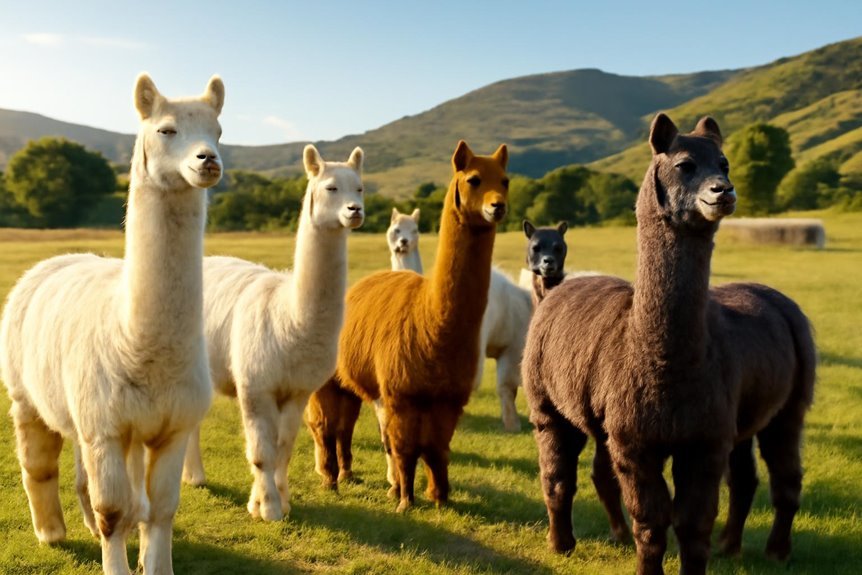
If you’re considering fiber-producing animals, alpacas offer a unique combination of softness, warmth, and hypoallergenic benefits that make their fiber highly sought after. Alpaca fiber stands out in the textile market for its exceptional softness and hypoallergenic properties, appealing to diverse market segments. Each alpaca produces 5 to 10 pounds of annual fiber production, with high-quality fleece commanding premium prices that boost farm profitability. Breeding for premium fiber quality and unique colors has become a focus among producers. Additionally, alpacas require only about 1.5 acres for a small herd, making them ideal for small-scale farming operations. Whether you’re targeting niche luxury markets or broader textile demands, alpacas offer a profitable, sustainable option for your fiber production farm.
Angora Goats: Mohair Production and Care
Though Angora goats require attentive care, especially after shearing, they offer valuable mohair prized for its luster and durability. As fiber-producing animals, they yield 5-10 pounds of mohair per year through biannual fleece shearing. To maintain healthy mohair production, you’ll need to provide a diet rich in protein and guarantee they graze on well-drained pastures. These goats are susceptible to parasites and respiratory issues, so giving them shelter from extreme weather is essential, particularly post-shearing. Angora does typically breed well and produce twins, enhancing your herd’s productivity. By managing their environment and nutrition carefully, you can maximize mohair quality and quantity, making Angora goats a smart choice for profitable farming focused on premium fiber production.
Sheep Breeds Ideal for Fiber Farming
When you’re choosing sheep for fiber farming, it’s important to contemplate breeds that offer both quality wool and adaptability. Merino sheep stand out with their fine wool, producing 10-15 pounds of soft, elastic fleece annually, highly prized in the textile industry. Rambouillet sheep, related to Merinos, provide 8-12 pounds of fine wool and adapt well to different climates, appealing to fiber farmers seeking profitable farming. Suffolk sheep offer medium wool, averaging 8-10 pounds, great for knitting and weaving, with added value in meat production. Lincoln sheep yield 10-12 pounds of long, lustrous raw fleece, perfect for durable textiles and specialty markets. By selecting these sheep breeds, you guarantee a steady supply of valuable fiber tailored to diverse market needs.
Angora Rabbits: Small Space Fiber Producers
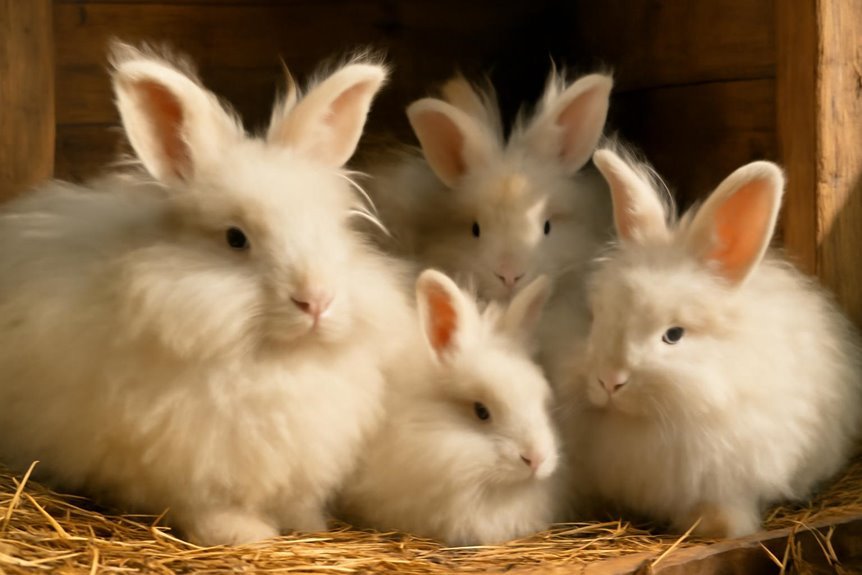
Sheep breeds like Merino and Lincoln provide excellent fiber for large-scale farming, but if you’re working with limited space, Angora rabbits offer a fantastic alternative. These rabbits excel in small space fiber production, producing 8 to 16 ounces of highly valued annual fiber. Perfect for urban settings, they require just 4 to 6 square feet per rabbit.
To succeed with angora rabbits, consider these essentials:
- Regular grooming is a must to prevent mats and maintain raw fiber quality.
- Temperature control is critical since they thrive in cooler climates and can suffer heat stress.
- The fiber they produce commands strong market demand, often fetching $10 to $20 per ounce in the textile market.
With proper care, angora rabbits can be a profitable, space-efficient fiber source.
Llamas: Versatile Fiber and Farm Benefits
If you’re looking to diversify your fiber farm, llamas offer a unique combination of durable fiber and practical farm benefits. Producing 3-5 pounds of coarse fiber annually, llamas are ideal for creating durable goods like rugs and blankets, appealing to both artisan and commercial fiber arts markets. Their gentle temperament makes them easy to handle, especially for beginners. On small farms, llamas are a space-efficient choice, requiring just 2-3 acres for every two animals. Beyond fiber production, they serve as effective livestock guardians, protecting sheep and goats from predators, which enhances your farm’s overall security. By integrating llamas, you can access multiple income streams while maintaining a profitable farming operation that’s both manageable and versatile.
Frequently Asked Questions
What Is the Easiest Fiber Animal to Raise?
If you’re new to fiber farming, Angora rabbits are a great start. Their fiber animal care is simple, requiring minimal space and basic grooming. With proper fiber animal nutrition and housing, you’ll enjoy sustainable fiber production easily.
Are Angora Goats Profitable?
Think of Angora goats as golden threads weaving profit. With careful Angora goat care, nutrition, and husbandry, you’ll ride fiber market trends, boosting fiber production efficiency and profit margins despite market demand fluctuations through sustainable farming practices and quality breeding.
What Animal Farms Fiber?
You’ll find fiber production methods rely on animals like sheep, goats, alpacas, llamas, and rabbits. Raising fiber animals involves fiber animal care, harvesting techniques, and evaluating fiber quality to meet market demand sustainably.
What Are the Best Goats for Fiber?
You’ll find fiber production excels with Angora, Cashmere, Pygora, and Nigora goats. Prioritize goat care, breeding techniques, and nutrition to enhance fiber quality. Sustainable farming and animal welfare boost market demand, fiber pricing, and efficient fiber processing.

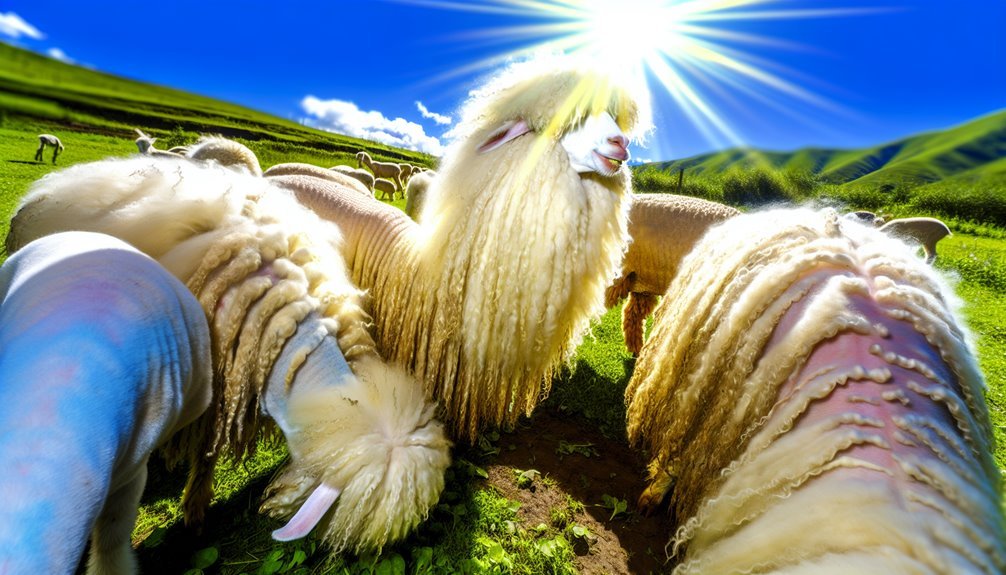

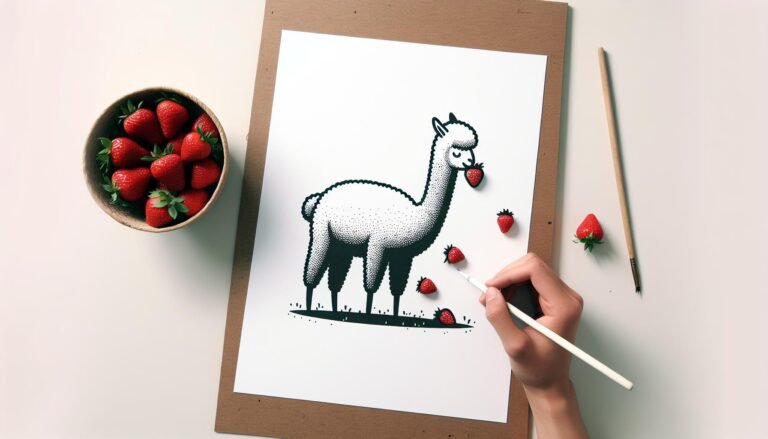


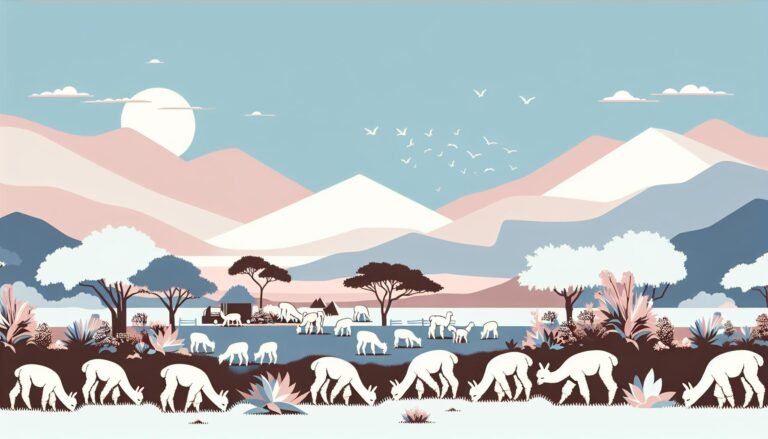
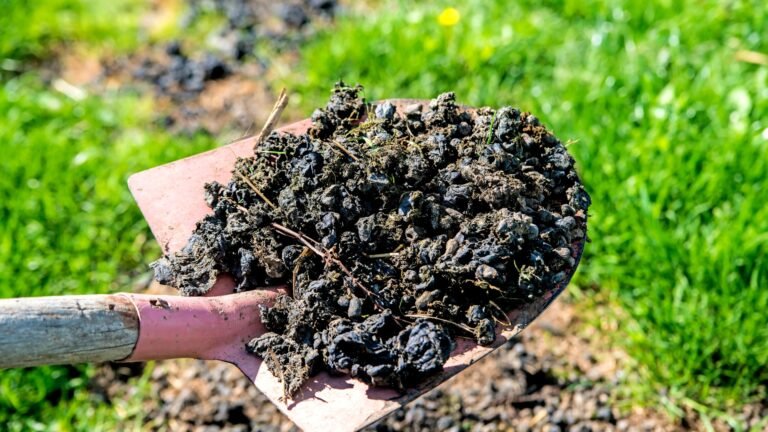
Our picks
Alpaca & Wool Felted Sole Inserts: Comfy Upgrade?
Best Alpaca Socks for Hiking: Ultimate Comfort and Durability on Trails
Best Alpaca Halter for Comfort and Control